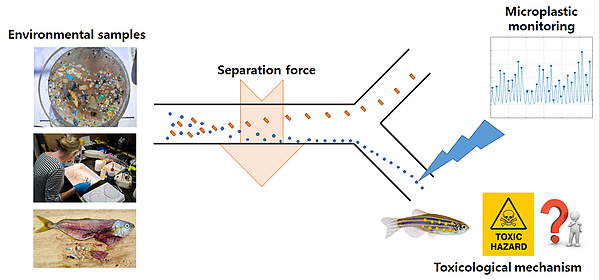Nano-composite materials for concentrate treatment from wastewater reuse (2017-2020)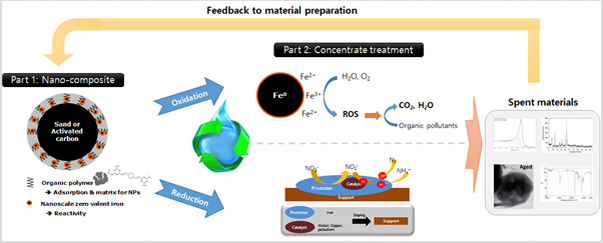
In this study, nano-composite materials having oxidation/reduction reactivity will be developed. Moreover, applicable process to adequately treat concentrate stream will be developed. Iron based composites materials will be used as Fenton reagent for organic oxidation, which is not readily biodegradable. Moreover, Nano-composite materials with catalyst will be used for denitrification processes. Hydrogen as well as electricity supply will be considered. Detailed research plan is as below.
1st year: Development of nZVI immobilization method and reactivity evaluaction
2nd year: Application of nano-composite materials for concentrate treatment
3rd year: Development of concentrate treatment process using nano-composite
Recoverable cesium-specific adsorbent materials (2017-2020)
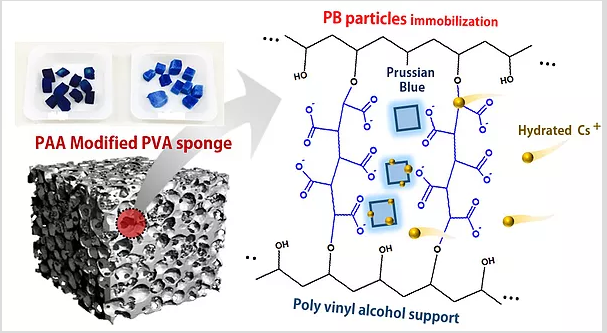

Novel application of nanoscale zero valent iron (nZVI) for sustainable water production (2017-2020)
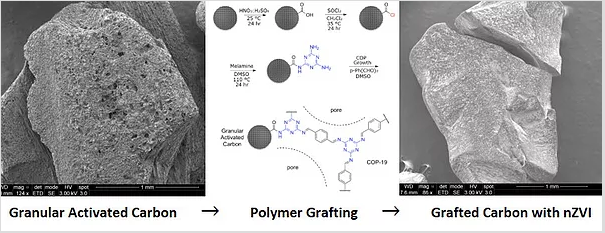
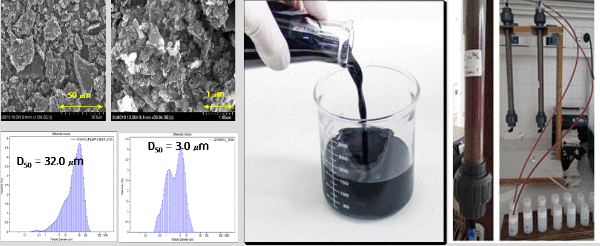
Microplastic separation and sensing (2018-2021)